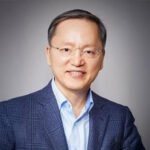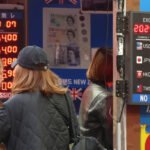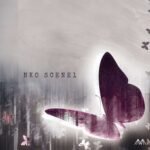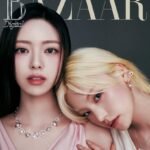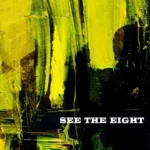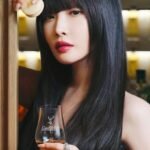About nine out of 10 stores within the Maxtyle shopping mall remain empty
The rates for empty stores in South Korea’s largest shopping mecca Dongdaemun Market have soared to as high as 86%, with Chinese e-commerce platforms pushing them further to the corners.
The fashion town in Seoul had attracted young shoppers in their 20s and foreign tourists with trendy-style, cheap clothes. But they have lost luster since the mid-2000s with the rise of online shops.
Worse yet, Chinese e-commerce players such as AliExpress, Temu and Shein are eating away at the Korean offline malls’ share in the ultra-cheap clothing market.
Korean cheap clothing manufacturers maintain comparative advantages over Chinese products in terms of quality and designs. But the gap is being rapidly narrowed, said fashion industry officials.
As of the end of March, the vacancy rate at 14 of the 32 shopping malls in Dongdaemun fashion town reached double digits on average, according to the Dongdaemun Fashion Town Special Tourism Association.
Among them, the vacancy rate at the Maxtyle shopping mall that accommodate 2,654 stores stood at 86%.
The vacancy rates for two other fashion malls Designer Club and Good Morning City came in at 77% and 70%, respectively,
“More than half of the clothes distributed in Dongdaemun have been replaced by Chinese products, said a fashion industry official.
“You can order similar clothes at low prices from AliExpress and Temu, so who would visit Dongdaemun?”
The Dongdaemun Market used to be crowded with retailers chartering buses from all over the country to buy in bulk. But those days are gone.
China’s ban of group tours to South Korea in retaliation of Seoul’s decision to deploy the Terminal High Altitude Area Defense (THAAD) in 2016 and the COVID-19 outbreak dealt a heavy blow to Dongdaemun Market.
Even with the lifting of the travel ban and the end of the pandemic, there are little signs of recovery in the fashion district.
Some store operators in Dongdaemun said that the number of foreign buyers visiting the Dongdaemun wholesale market has decreased noticeably.
Inside the Maxtyle shopping mall
RENT-FREE LEASE
A shop operator in the fashion town said that landlords offer rent-free leases on conditions tenants pay only management fees, but still find it difficult to find tenants.
Korean retailers are also turning to Chinese wholesalers and e-commerce platforms away from Dongdaemun.
Linkshops, a domestic wholesale fashion platform established in 2012, went out of business early this year due to a decrease in transaction volume.
It was the first platform that connected wholesalers and retailers in Dongdaemun and had received closed to 20 billion won ($15 million) in investment from a venture capital firm.
Gollala, another wholesale platform based in Dongdaemun, closed down last year.
To revitalize the district, some fashion industry officials suggest cultural facilities be built in the fashion town, which needs to get the nod from several hundreds of store owners in the fashion town.
Given the difficulty of winning approval of a majority of the shop owners there, Ji Dae-shink, a director of the Dongdaemun Fashion Town Special Tourism Association, proposed a law revision to convert the commercial district into a mixed-use area.
By Ji-Yoon Yang and Hyun-Jin Ra
yang@hankyung.com
Yeonhee Kim edited this article

